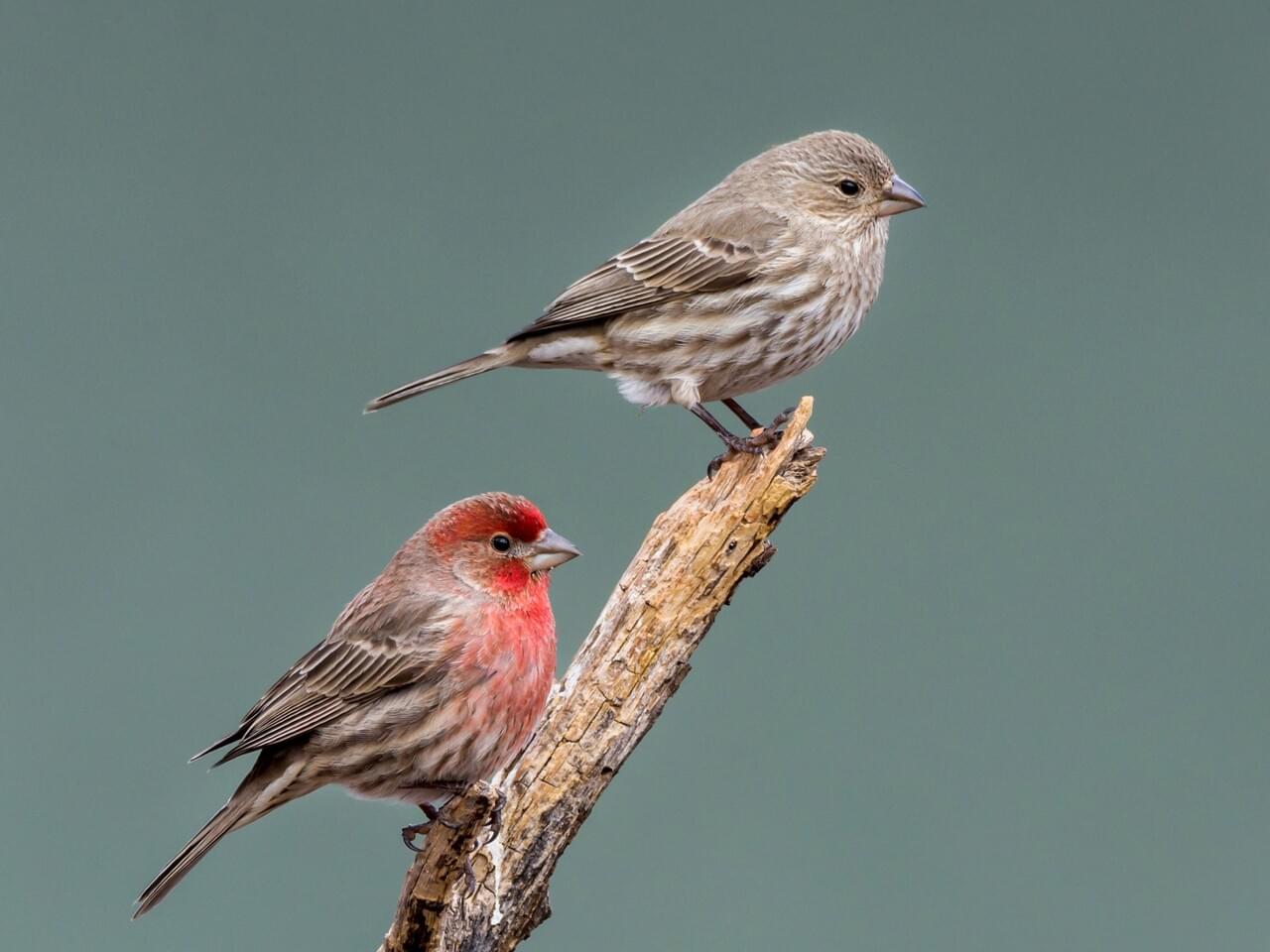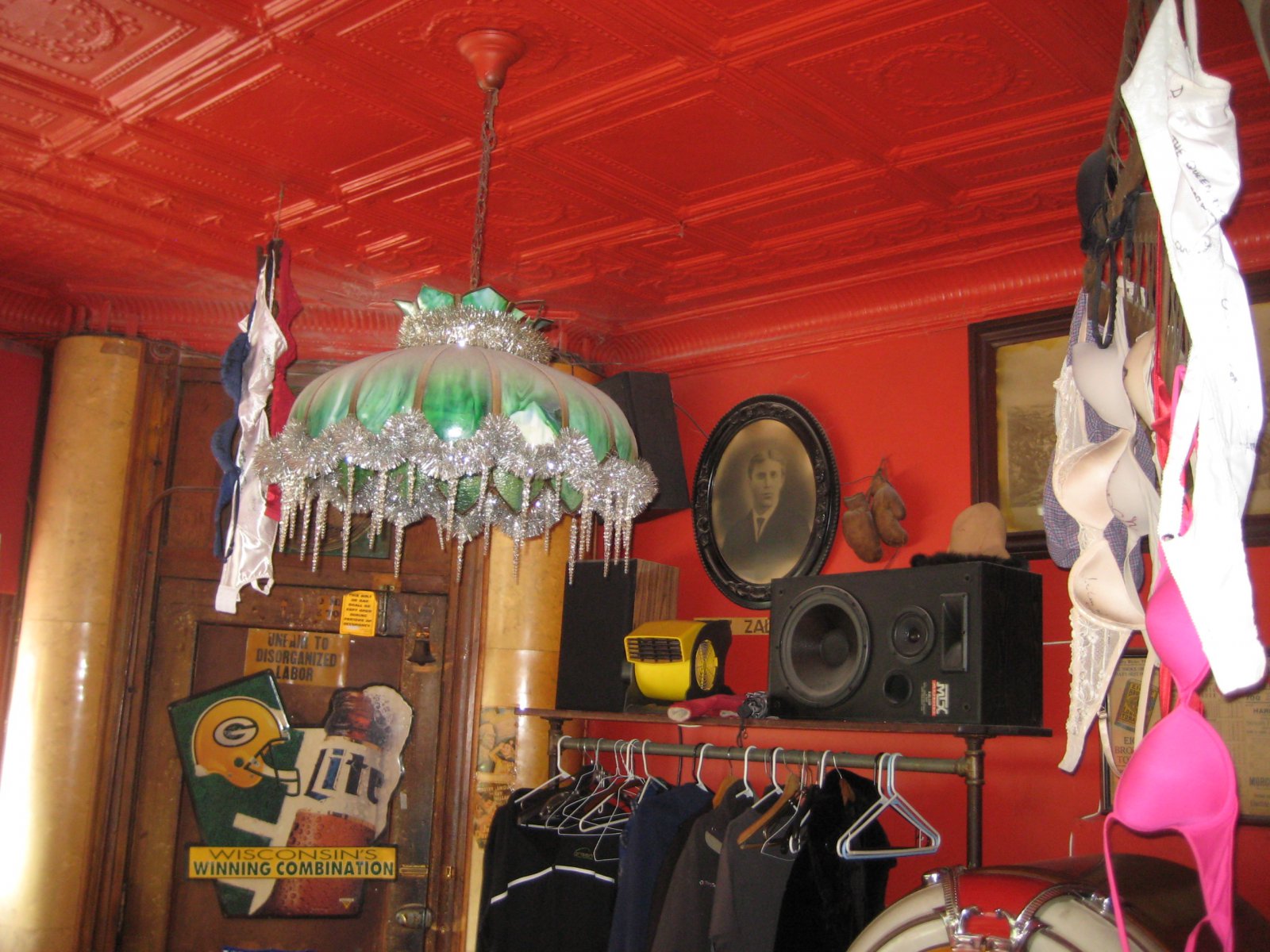Table Of Content

However, most finches nest between early March and August. The first clutch typically hatches in March after a fourteen-day incubation period. As you can see, house finches are not incredibly picky.
Nesting Facts
Breast and belly feathers may be streaked; the flanks usually are. In most cases, adult males' heads, necks and shoulders are reddish.[3][4] This color sometimes extends to the belly and down the back, between the wings. Adult females have brown upperparts and streaked underparts. 1.) Once limited to the Western United States and Mexico, House Finches are now found from coast to coast, and as far north as southern Canada. In 1939 a few of the birds, originally captured in Santa Barbara, California, were set free on New York’s Long Island by a pet store owner.
Male and female
They would usually make sounds to inform you of their arrival, and you need to be prepared. Like most birds, you need to make sure that your backyard can serve everything that the bird needs, from food to water to shelter. You’ll often find house Finches’ nests in both natural or human-made habitats. These are sometimes on branches of deciduous or coniferous trees, cactuses, or even rock ledges. Fill your backyard feeders with small, black oil sunflower seed. If House Finches discover your feeders, they might bring flocks of 50 or more birds with them.
Conservation
The change in plumage from drab olive in the winter to bright yellow in the summer is a sight to see. The molting cycle repeats in the fall, when their golden feathers are replaced with new grayish ones. Immigrants to North America, house sparrows are thought to have spread across the U.S. with the help of freight trains. USA TODAY determined the rankings by adding the number of times each bird was listed as most-sighted for each state, each month. For example, over six seasons, the house sparrow was listed as top bird 76 times.
What bird is similar to the tufted titmouse?

Providing an abundance of properly designed nest boxes helps minimize competition. The House Finch is closely related to the Cassin's Finch and the Purple Finch, and in fact, there are places in Washington where all three species can be found. All three species are streaked, and the males of all three have red plumage.
House Finch Nesting (Eggs, Location + Behavior)
House finches spread like wildfire - Star Tribune
House finches spread like wildfire.
Posted: Tue, 20 Dec 2011 08:00:00 GMT [source]
Like feeding its young, the male finch will regurgitate its food into the female‘s mouth to woo her. A flying paradox, the house finch is both native and introduced to North America. Still, mourning doves are not in decline, due to their prolific breeding habits. Since doves usually lay two eggs at a time, they raise at least three or four broods per season, Rosenberg said.
Do house finches nest in backyards?
They are not deterred by the presence of another species, either outside the box or in some shared arrangement. The House finch (Haemorhous mexicanus) is a North American bird in the finch family. There are estimated to be 40 million house finches across North America, making it the second-most populous finch, just behind the American goldfinch. The house finch and the other two American rosefinches are placed in the genus Haemorhous. 10.) Their plant-based diets might suggest peace-loving passivity, but House Finches can be very aggressive, especially at feeders. In fact, they’re so territorial around food and nest sites that they’re one of the only birds known to fight off non-native House Sparrows.
Their nests are typically open-cup shaped and the females lay between two and six blue-white speckled eggs. The eggs hatch after 12 to 16 days and the chicks fledge between 11 and 19 days. This competition is most direct with other songbirds like bluebirds and wrens that favor the same style entrance holes and cavity depth. The broader habitat preferences of house finches gives them an advantage over species with narrower requirements. House finches may displace competitors in some regions, while otherwise coexisting depending on local habitat conditions.
They prefer the higher branches of deciduous or coniferous trees but also make nests in planter boxes, street lamps, or on the edges of buildings. The breeding season of House Finches starts in March and lasts into August. Female finches build their nests in the springtime, but courtship often starts in the winter. Beyond eating bugs or invasive plant seeds, backyard birds provide people with joy and wonder, said Geoff LeBaron, Christmas Bird Count director for National Audubon Science. Design nest boxes with clear and easy access to their interior.
The female lays 2 to 6 bluish eggs that are finely speckling. Incubation is done by the female and the eggs will hatch in 12 to 14 days. The female has a uniformly brown-streaked head with broad brown streaking on the breast and belly. Initially, the House Finch was a bird of the west, but because of its rosy breast and very melodic song, people wanted to own one.
They also feature short, thick bills and are similar in shape to other finches. Most people also find them very similar to Purple Finches because of their reddish colors. Bird watchers can easily attract this bird to feeders by offering Black-oil Sunflower, safflower, and nyjer seeds. House finches generally do not stay in a nest at night, except during the incubation and brooding period. Instead, they find an inconspicuous site in the foliage of a coniferous tree, on a cactus, or under a rock ledge. They may also sleep inside vents, hanging planters, or under roof overhangs.
The cup is usually well constructed of plant fiber (grasses, forbs, rootlets) lined with finer material. The clutch size is 3-6, usually 5 eggs, which are incubated by the female for days (Oberholser 1974, Harrison 1979). Young birds leave the nest days after hatching (Kaufman 1996).

No comments:
Post a Comment